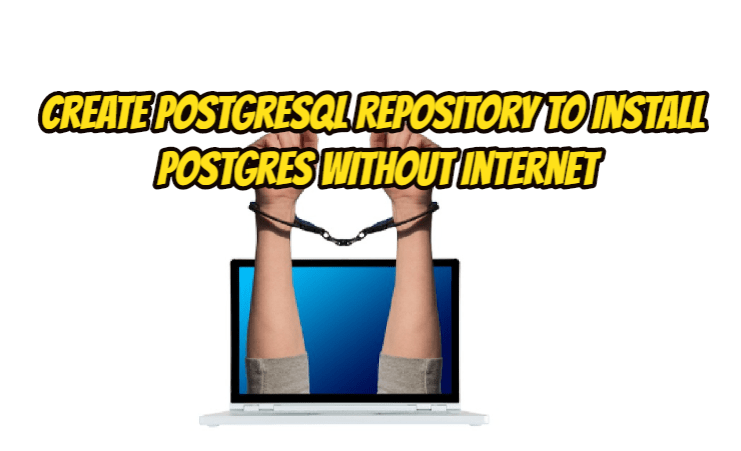

All new users and roles inherit permissions from the public role. This new user does not have any permissions other than the default permissions available to the public role.
#Postgres show user password#
To create a PostgreSQL user, use the following SQL statement:ĬREATE ROLE myuser WITH LOGIN PASSWORD 'secret_passwd' īoth of these statements create the exact same user.

#Postgres show user how to#
For more details with a focus on how to migrate users, roles, and grants from Oracle to PostgreSQL, see the AWS blog post Use SQL to map users, roles, and grants from Oracle to PostgreSQL. This role can then be assigned to one or more users to grant them all the permissions. The roles are used only to group grants and other roles. In Oracle, a role cannot be used to log in to the database.

In other relational database management systems (RDBMS) like Oracle, users and roles are two different entities. The CREATE USER and CREATE GROUP statements are actually aliases for the CREATE ROLE statement. Users, groups, and roles are the same thing in PostgreSQL, with the only difference being that users have permission to log in by default. You can connect to the RDS endpoint for your PostgreSQL database using a client such as psql and run the SQL statements. The following sections discuss these steps in detail. The following diagram summarizes these recommendations: At any time, you can remove the role from the user in order to revoke the permissions.For example, grant the readwrite role to app_user and grant the readonly role to reporting_user. Assign the applicable roles to these users to quickly grant them the same permissions as the role.Create new users for each application or distinct functionality, like app_user and reporting_user.Grant the roles the least possible permissions required for the functionality.For example, the readonly role can only run SELECT queries. Add permissions to allow these roles to access various database objects.Use the master user to create roles per application or use case, like readonly and readwrite.The recommended approach for setting up fine-grained access control in PostgreSQL is as follows: The master user should never be used by the application. The master user that is created during Amazon RDS and Aurora PostgreSQL instance creation should be used only for database administration tasks like creating other users, roles, and databases. The roles should be used to enforce a least privilege model for accessing database objects. Then assign the appropriate role to each user. However, as a good practice, it is recommended that you create multiple roles with specific sets of permissions based on application and access requirements. PostgreSQL lets you grant permissions directly to the database users. This gives a lot of power to the end user, but at the same time, it makes the process of creating users and roles with the correct permissions potentially complicated.

The new user or role must be selectively granted the required permissions for each database object. With PostgreSQL, you can create users and roles with granular access permissions. In this post, I talk about some of the best practices for managing users and roles in PostgreSQL. Amazon Web Services (AWS) provides two managed PostgreSQL options: Amazon Relational Database Service (Amazon RDS) for PostgreSQL and Amazon Aurora PostgreSQL. PostgreSQL is considered to be the primary open-source database choice when migrating from commercial databases such as Oracle. With more than 30 years of development work, PostgreSQL has proven to be a highly reliable and robust database that can handle a large number of complicated data workloads. PostgreSQL is one of the most popular open-source relational database systems. September 2022: This post was reviewed for accuracy.


 0 kommentar(er)
0 kommentar(er)
